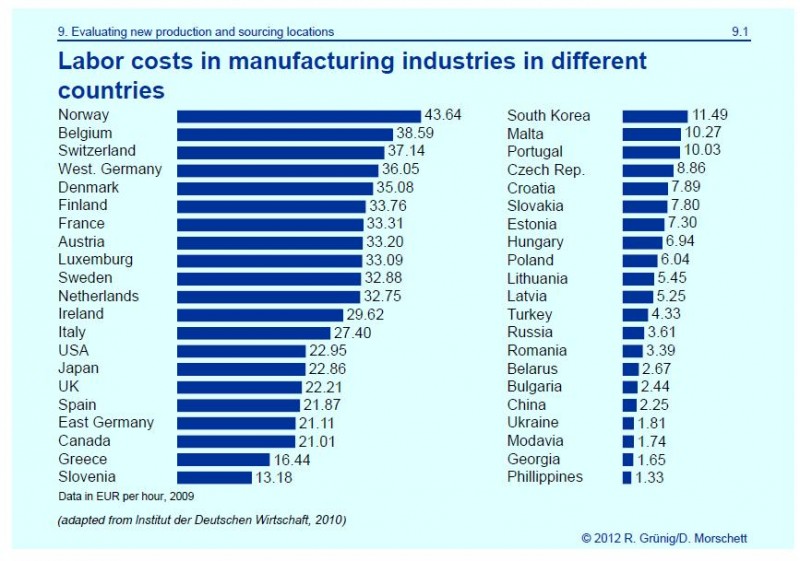Unless you are one of those who when at the point of making a purchase, especially online would settle for the first and only option you are provided without seeking alternative brands and price offerings, then I don’t think this is a fair question to ask. Given the vast and endless opportunities provided by the internet, procurers will definitely seek out the best options available to them before settling to buy. Although there is more to online procurement than just pricing, negotiating so as to get the least price possible is definitely top priority for any smart procurer.
Online auctions take advantage of the internet to allow procurers arrive at the true market prices for goods and services being sought for. Most online auctions usually go the route of the “reverse auction” whereby suppliers in a bid to win over customers tender bids that are lower than those of her competitors and this is the practice that seems to make e auctions appear too price focused. This Increased participation for a buyer’s business would naturally drive down the price. Nevertheless, this doesn’t imply that the lowest price will automatically win the bid; modern day auction technology allows the procurer and supplier to consider factors other than pricing. Factors such as quality, brand, reliability, guarantees, experience, delivery speed, Warranty, volume discount, technical specifications, delivery dates, shipment methods, legal conditions, customer support, financing options e.t.c. All these are additional specifications that buyers can build into their RFQs and present electronically via the internet to an endless list of suppliers.
e- Auction tools are beneficial to both sellers and buyers. In the long term sellers will benefit by seriously pruning down their sales force since most of their sales will be performed online, saving huge staff costs and other incidental costs associated with maintaining a workforce. Likewise in the short term, buyers can immediately experience reasonable savings from online procurement options.
Other Benefits of e-Auctions
The advantages are extraordinary. In spite of the fact that e-auction tools are different based on individual suppliers, e-autions normally permit purchasers to consult with a good number of suppliers and vice versa all at the same time rather than in a sequential order as in physical procurement. This tends to save the procurer and supplier a lot of time and resources. Purchasers taking an interest in the site’s offering possess the capacity to reduce negotiation periods from about two months to as little as two weeks, empowering e-procurement administrators to focus more attention on other projects and tasks rather than a staggering amount of paperwork
Similarly, there is no need any longer for e-procurement managers to spend hours and hours in one-on-one meetings with potential suppliers sometimes even travelling and arguing over contract terms and details. Instead, a buyer is simply expected to fill an RFQ (of which several e-negotiation platforms already have templates available) that he submits online. Likewise, suppliers are also capable of replying such requests electronically by submitting online proposals that provides detailed information such as price discounts, delivery dates and shipment methods. E-Auction platforms that has e-negotiation features essentially creates a level playing field for all suppliers who are provided the opportunity to compete, as most times e-auction processes are transparent and the results are clearly visible for all to see
It’s now obvious that there are other reasons that drive the demand for e- auctions other than significant cost-savings, hence it would not be fair to say that e-auctions are too price focused. Unlike online auctions whereby it is the person with the lowest bid that wins, e-auction activities that feature e-negotiation tools is a huge leap towards a much broader seller – buyer online collaborations. In fact there currently appears to be a shift in focus from price based bargains to quality and performance based bargains amongst procurement professionals, so the argument that e-auctions are too price focused no longer hold water.
There’s even more, e-Auction solutions also provide a fair competing ground for all suppliers to compete for business. Buyer’s can deliver RFQs electronically and can even adopt readymade templates with only a few adjustments and likewise suppliers can deliver their proposals to the buyer via the same medium saving both parties a lot of time and resources. These proposals can also be evaluated electronically based on buyer’s specification thereby easily eliminating unqualified applicants saving also time and making sure that only the exact specifications are considered for purchase.
There is no denying of the numerous impacts that e-Auction technology has had, and will continue to have, in this industry. Buyers and sellers are no longer relying on e-marketplaces to just simply play matchmaker. But with huge opportunities at significant cost and time savings, better quality, stronger collaborations, self-empowerment, more functionality, and improved supply chains, e-auctions will continue to be the way to go in the procurement industry both now and in the near future.
